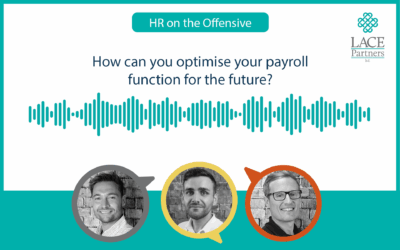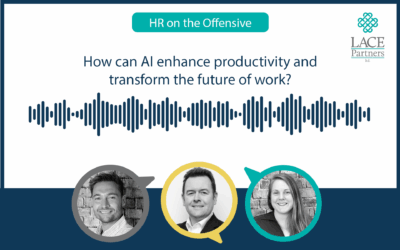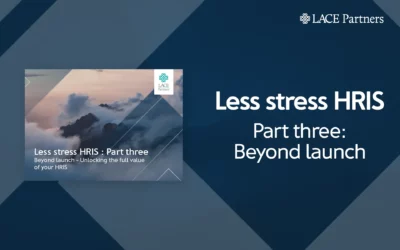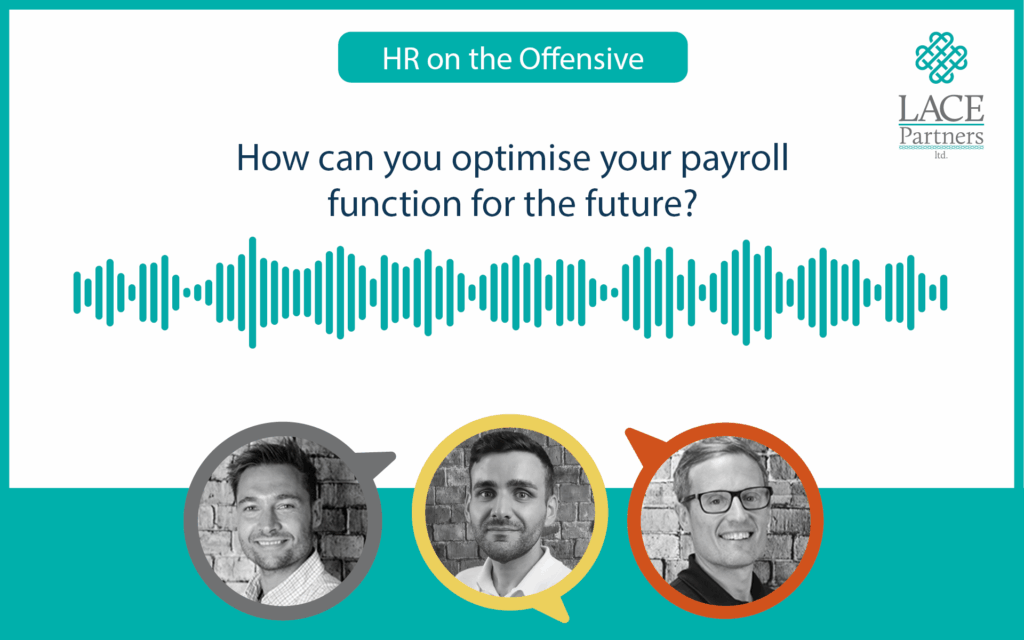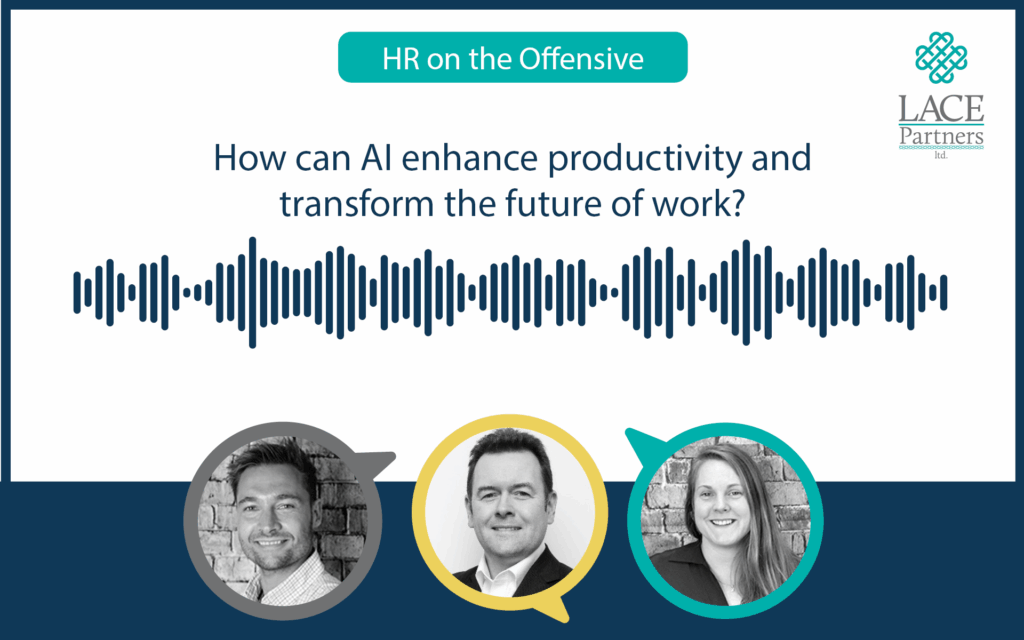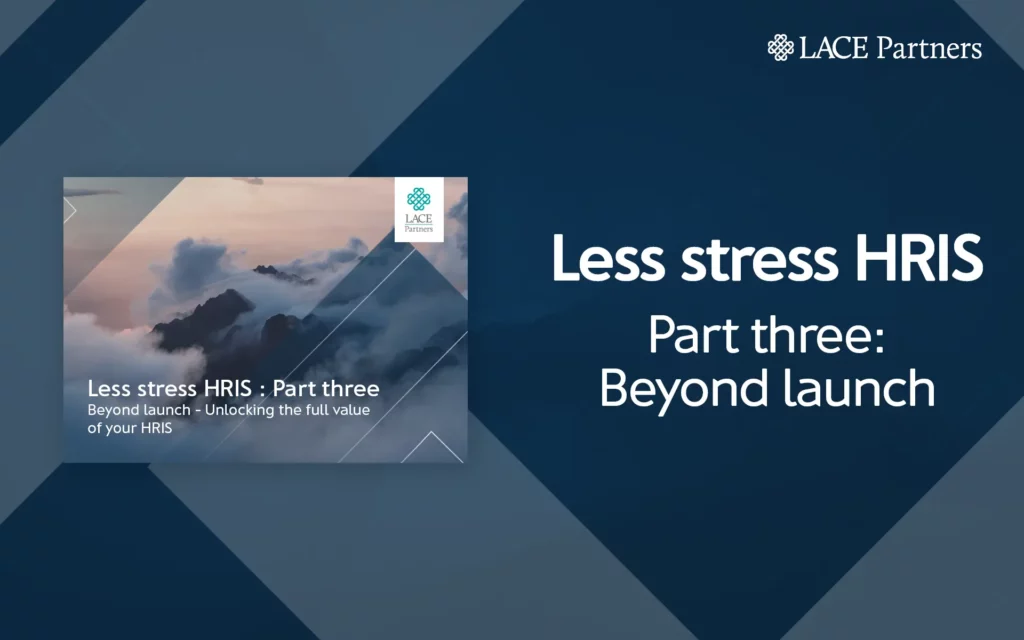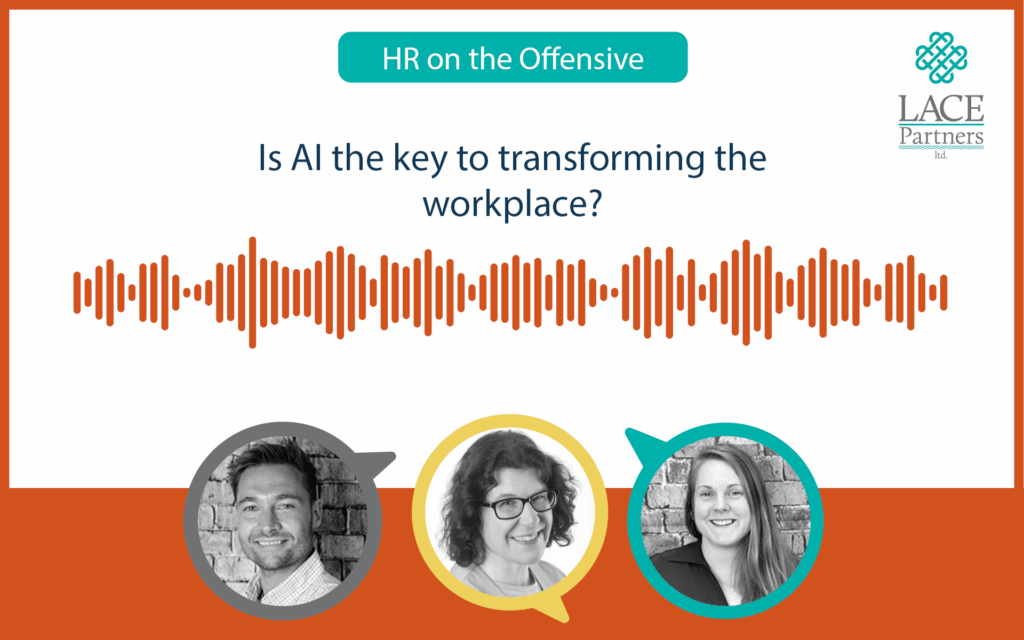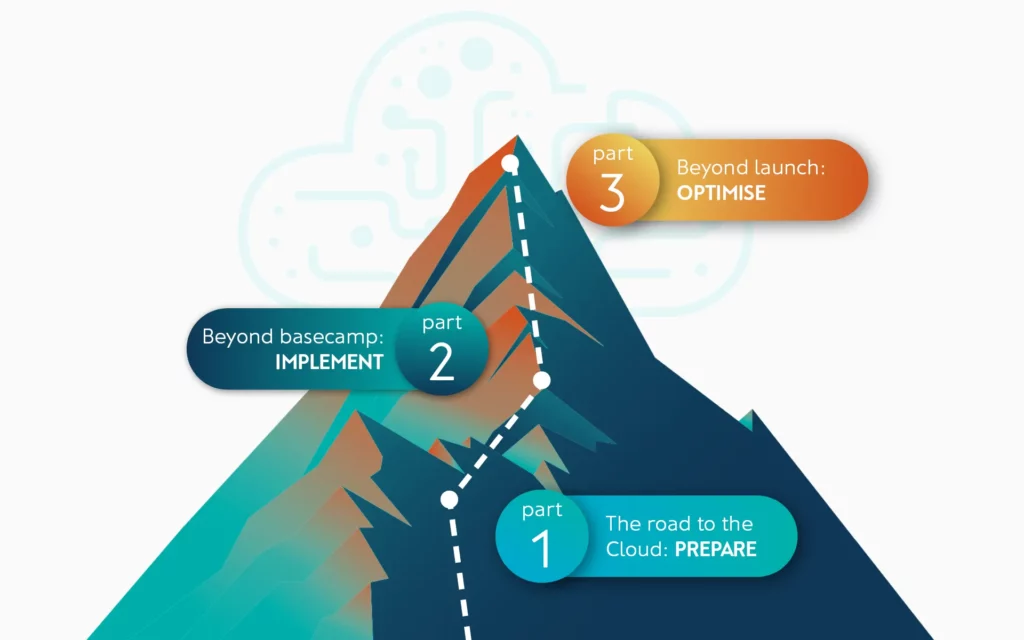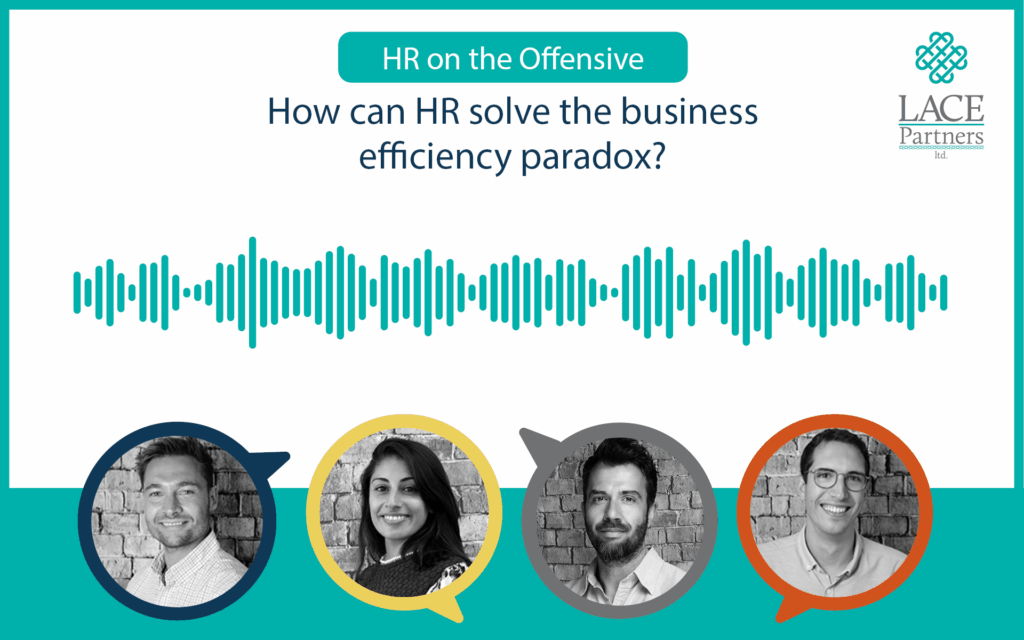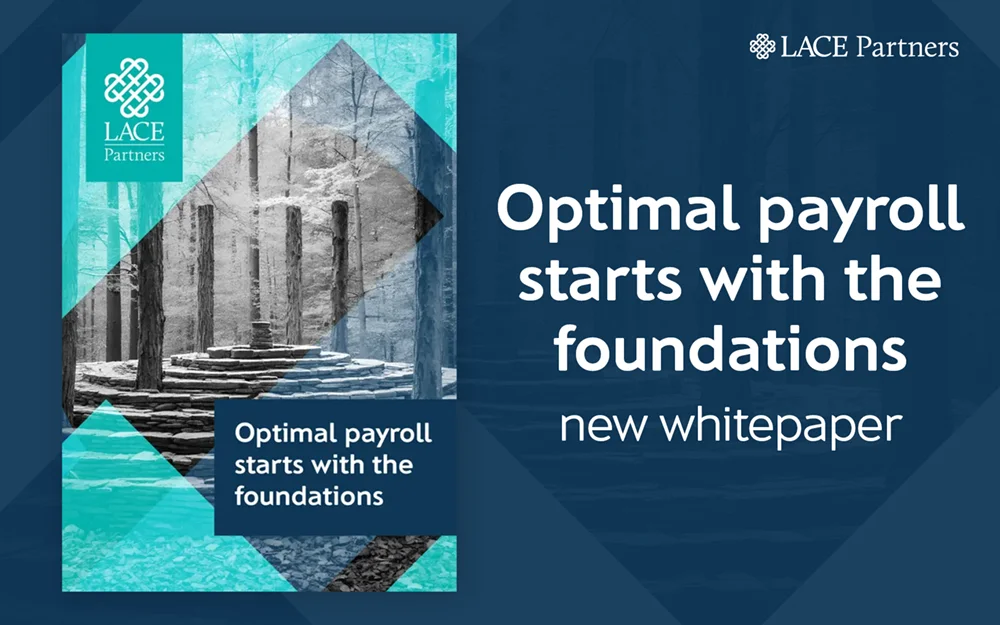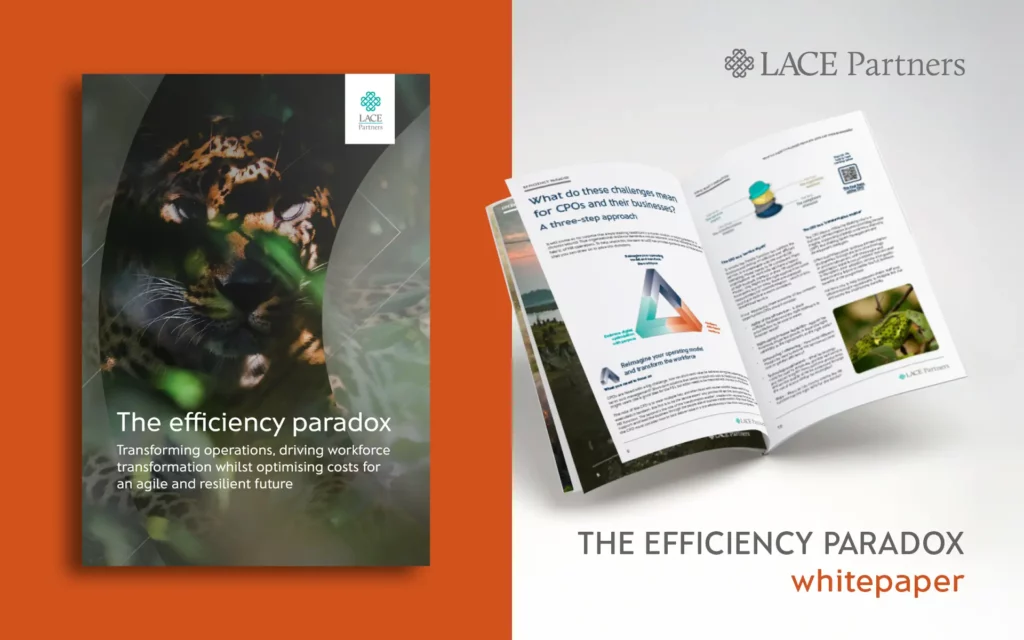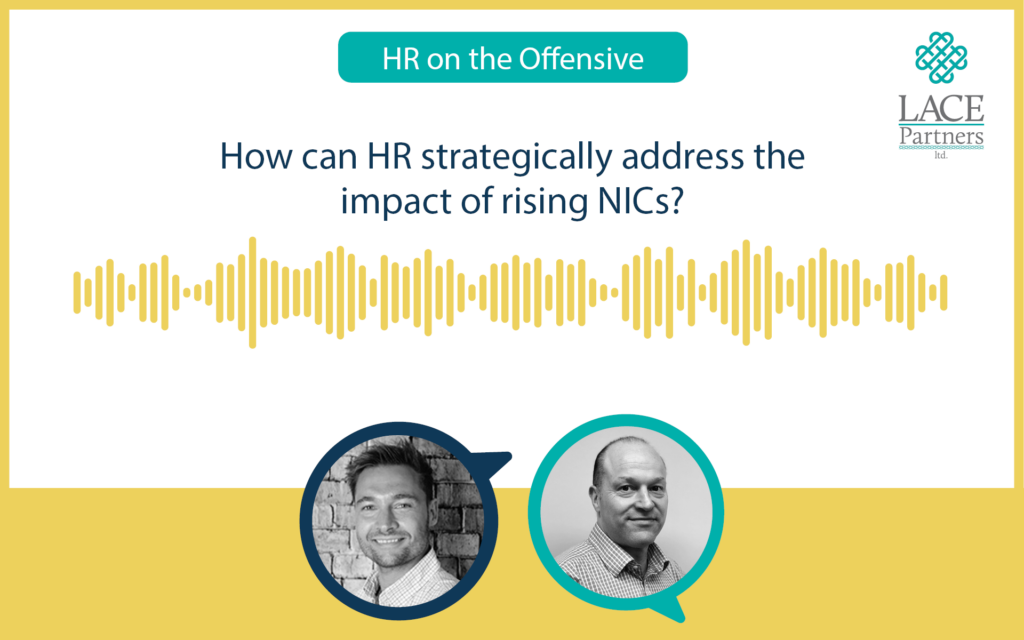In the second of our two-part blog looking at some of the key themes that emerged from our teams’ attendance at People 1st MENA | Dubai, we’re focusing on the future opportunities that exist for payroll teams. There’s no doubt that the need to drive greater productivity and efficiency is on top of most businesses’ agenda right now, and if you want to get more detail on some of the discussions from the HR side of our attendance at People 1st you can visit the blog here.
This week we’re focusing on the key challenges that Payroll teams face, as well as the opportunities that clearly exist for teams not only in the Middle East, but also in UK and Europe too.
Payroll: the untapped goldmine
One of the clearly aligned topics that the delegates focused on and were united agreement on at People 1st | Dubai, was the view that the potential for payroll to offer strategic insight remains largely untapped. Payroll systems hold a treasure trove of data on compensation history, pay progression, overtime trends, and employee turnover. Yet few organisations are mining this data meaningfully.
The reasons for this are varied and the fight is on to change hearts and minds. Payroll’s reputation as “just a hygiene function” needs to move beyond the perception of being transactional. The mindset for many businesses when it comes to payroll has been “When payroll works, it’s invisible; when it fails, the consequences are immediate and damaging – so why tinker with it?”. Does Payroll have to work harder on its own brand within a business? This was something we’ve talked about as far back as 2023 (check out our podcast on seizing opportunities here), so clearly there is still more work to be done.
“You can do everything right in performance management, but if someone isn’t paid on time, it ruins all the goodwill.” Payroll teams themselves have sometimes perpetuated this mindset: “I do also think some of this is about people not wanting to lift the lid on the payroll,” said one of our guests, “because so long as people get paid, there’s no noise about it. Payroll is almost seen as a bit of a dark art…”
Mindset is one of the key pillars that we identify in our whitepaper focusing on the foundations of payroll (which you can download here) and as we argue in the whitepaper, without a mindset that is shaped by the right training, Payroll functions drift into tactical and reactive ‘fixers’, reliant on ‘workarounds’ for tasks that result in ‘quick fixes’ becoming BAU.
Integrating HR and payroll technology to improve experience
Data and reporting as the backbone of payroll
Some of our participants were beginning to shift the dynamic. One had recently initiated a retrospective data analysis with their payroll provider after realising the organisation had a tempting 22 months of clean, consistent data to work with. Another described how investing in HRIS/payroll integration had yielded significant benefits in both accuracy and unlocking strategic insights. “The journey was tough, but it forced us to clean up our data,” they said. “That’s what’s laid the groundwork for AI and automation.”
Data is the backbone of effective payroll operations, along with access to it via a comprehensive reporting capability. When coupled with robust governance, advanced reporting tools provide organisations insight into payroll costs, employee performance and capacity, and compliance status, all of which enable informed decision making.
From a LACE perspective, we recommend focusing on both the strategic and functional requirements of your data and reporting requirements. Where possible, focus on automation to avoid manual intervention and reduce complexity by minimising data sources where possible. We can help if you would like more information on that (just fill in the form below and let us know what your challenges are).
Payroll’s regulatory pains
There is another challenge which has consistently isolated payroll operations: the problem of different regulatory environments.
In global organisations, complexity often stems from legacy structures, regional payroll differences and M&A activity. Local brands retained for business reasons complicate efforts to streamline processes or consolidate platforms.
One HR leader said that, even with payroll partners in place, it’s hard to bring systems together, especially when dealing with highly localised tax and benefits frameworks: “People might have 20-30 different ways of doing payroll across the global organisation. I get asked, ‘Why can’t we have one global provider?’ And I’m quick to correct them: I think we’ve got to manage your expectations, you’re not going to get to just one provider, because of this ‘long tail”.
The same problem is reflected at the people level – you can’t afford to employ a payroll specialist for countries in which you only have ten staff, so outsourcing payroll in smaller countries or locations makes sense – especially where internal expertise on local regulations is lacking: “It’s really complex – regulations in countries can change, so you have to be really effective”, said one contributor.
Remote work and global mobility / international hiring have complicated tax compliance and payroll administration, and the complexity of compliance in cross-border employment is forcing many to turn to specialised providers who can manage jurisdictional differences, flag permanent establishment risks, and advise on corporate tax exposure.
Said one, “I can’t hire someone for payroll in a country where I have 20 employees. At the same time, I don’t know the local regulations, and I don’t need to learn the local regulations. Outsourcing it is the way to go, but we need to do that in the most standardised way: the least amount of vendors, the most consistent processes globally, and ideally getting the hardware to work.”
Not only does that mean vendor complexity (and therefore a lack of integration), but those outsourced providers only add to the systems you’ll already be running in-house for your larger, 500+ employee major centre operations. As with data, our guests felt that regulatory complexity again puts payroll outside the tent – when it truly deserves a seat at the HR strategy table.
In our whitepaper, one of the key pillars we identify is the ability to be adaptable and scale. That includes ensuring your processes are streamlined and consistent, as well as documented and governed, which allows for challenges of a ‘long tail’. The complexities within each business are inevitably different, the regulatory environments for global operations are different, but where possible, identifying similarities in your processes to be as proactive and flexible as possible serves well when business demands change.
If you’d like to talk to us about your approach to optimising your Payroll function, fill in the form below and let us know what you’d like to focus on.

